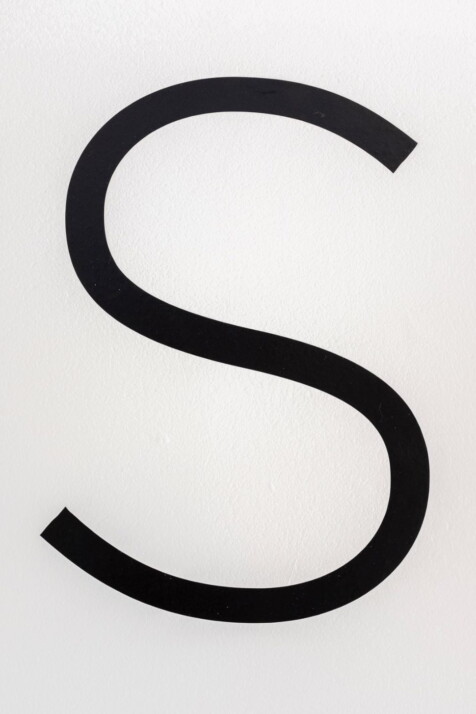How to make possessive ending in S or S-sounding words is a hotly discussed grammar topic. Stylebooks, grammarians, and elementary school teachers all have different rules about using possessives.
We show who owns something by using the possessive form. Adding an ‘s’ (apostrophe + “s”) or an apostrophe alone shows ownership.
The ‘s’ sound that throws so many people off is called “sibilant.” It comes from a Latin word that means “to hiss.” It can also talk about letters like ch, sh, z, and zh that make the same ‘s’ sound. When these sibilant sounds come at the end of a word, they throw people off.
Going back in time doesn’t help clear things up because the apostrophe’s proper method has never been precise. “Apostrophe” was first used in English around 1580–1590. It comes from the Greek word “apostrophe,” meaning “a turning away.”
This makes sense since it was first used to show that a word was missing a letter. Once it was used to show ownership, there was never a formal consensus on how to do it.
So let’s look at some of the different ways people talk about the possessive ending in s.

What Is the “S” Rule for Apostrophes?
The rule above seems easy enough, but as is often the case with the English language, the details make it hard. It’s easy to make a possessive with singular nouns and regular plural nouns. Things get more complicated when you add words ending in s.
Two main things cause this kind of confusion. First, the hissing (sibilant) sound of multiple ”s” makes writers pause before using apostrophes. The second is that there is no correct answer for possessives of words that end in s. Different style guides give different rules.
Here are some of the rules for possessive ending in s.
Rules Governing Possessive Ending in S
1. Singular Nouns Ending in S
To make a possessive singular noun, add an apostrophe and the letter S to the end of the word. This works for both proper and common nouns.
Examples:
- The river’s edge
- Peter’s key
That makes sense. The rules get confusing when the key belongs to someone named Idris or when we’re talking about the edge of beds.
Most experts recommend adding an apostrophe and S to S-ending common and proper nouns to make them possessive. So, based on the above examples, it would be:
- Idris’s car
- The beds’s edge
Not everyone agrees with this method, though. The Associated Press Stylebook, for example, says that you can make a proper noun possessive by just adding an apostrophe, as in Idris’ key.
AP Style specifies only add the apostrophe if the next word after the possessive starts with “s”. That would mean:
- Bahamas’s people
- Bahamas’ streams
The AP’s 2019 tweet on putting an ‘s’ after the apostrophe for singular proper nouns generated a stir.
Examples:
- Rick Grimes’ album
- Stevie Nicks’ song
2. Plural Nouns That End in “S”
On the other hand, plural nouns don’t usually get an extra ‘s’, just an apostrophe. Most experts say to write the word in its plural form first, and then add the apostrophe.
Examples:
- The mall of the charleses
- Types of thorn bushes
Most people say that possessive words should be written the way you say them.
3. the Rule of One Syllable
But when it comes to real names from history or the Bible, many people choose to follow a different rule.
Words with two or more syllables only need an apostrophe after the last “S”, but one-syllable words need both an apostrophe and a “S”.
Examples
Ulysses’ grant
Socrates’s philosophy
Some use it for modern names like Nicholas’ art and Carlos’ songs, while others say they should all have an additional “S”.
4. Single Nouns in the Plural
Most singular nouns that are actually plural words just get an apostrophe.
The Johnsons, for example, is a singular noun that looks like a plural word.
So, it would be: The comedy series by “The Johnsons“
5. Sake + Apostrophe
Most people feel a noun followed by sake needs an apostrophe, even if it doesn’t finish in “S”.
Examples:
For Pete sake
For Christ sake
The Chicago Manual of Style says to use an apostrophe if the word before sake ends in S. Others need “S” and apostrophe. So, the phrase would be:
For Pete’s sake
For christs’ sake
To Wrap Up
Possessive endings in “S” are a point of spelling confusion. Keep these basic rules in mind when you are writing and it will help you to maintain quality writing.
For example, the “S” rule does not apply to pronouns like “his,” “her,” or “it”. Also, the “S” rule also only applies to nouns and proper nouns. Finally, proper nouns are words that are capitalized and spelled with an additional letter or letters.
Explore All Punctuation Articles
The Semicolon: Basic Guide to Effective Usage
The semicolon (;) is a punctuation mark. In English, a semicolon typically indicates that two related independent clauses follow without…
Placement of Periods: Before or After Quotations
Punctuation rules used with quotations are sometimes difficult to remember as there are only slight differences. Whether to place punctuation…
Quotation Marks: a Unique Guide of Its Use in Writing
When writing, you have to be watchful of the punctuation marks you used to convey a clear message. One type…
How to List Questions in a Sentence: A Short Guide
You might have encountered writing a sentence filled with a series of questions, but you don’t know to enumerate them.…
English Symbols: A List of Punctuation Marks and Uses
English requires you to have enough knowledge in using basic English Symbols. Alongside an effective conveyance of your main idea,…
Do You Capitalize After an Ellipsis?
The use of ellipsis isn’t common thing regular writers do. You may sometimes ask yourself, do you capitalize after an…
